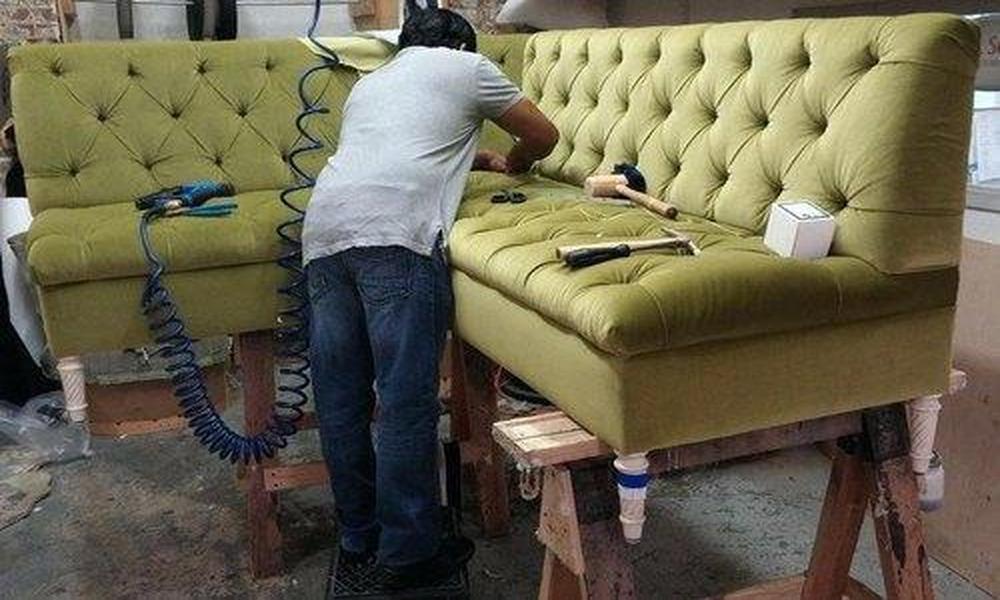Reflect on your decision: Take some time to think about why you want to quit sofa upholstery. Consider your reasons, whether it’s lack of interest, time constraints, career change, or other factors. Make sure that that is the right decision for you.
Inform clients and colleagues: If you have clients or colleagues who rely on your upholstery services, it’s important to inform them about your decision to quit. Provide them with ample notice and explain your reasons for quitting. Offer recommendations for alternative service providers or share any relevant resources that could assist them in finding a suitable replacement.
Sell or dispose of tools and materials: If you have accumulated tools, equipment, or materials related to sofa upholstery, decide whether you want to sell them, donate them, or dispose of them responsibly. Selling or donating them could be a good option to recoup some of your investment or contribute to someone else’s upholstery journey.
Seek support if needed: Transitioning away from a profession or hobby can sometimes be challenging. If you find it difficult to adjust or if you’re unsure about what to do next, don’t hesitate to seek support.
Lessons About SOFA UPHOLSTERY You Need To Learn To Succeed
Fabric Selection: Choosing the right fabric is vital for the success of your sofa upholstery. Consider factors such as durability, stain resistance, color, texture, and overall style. Different fabrics have different maintenance requirements, so select one that suits your needs and lifestyle.
Quality Matters: Investing in high-quality upholstery materials, such as foam, fabric, and springs, is essential for long-lasting results. Quality materials not only enhance comfort but also ensure the durability and resilience of your sofa.
Skillful Craftsmanship: Upholstering a sofa requires skill and attention to detail. If you plan to DIY, take the time to learn proper techniques or consider enrolling in an upholstery course. Alternatively, hiring a professional upholsterer can ensure a flawless and professional-looking result.
Cushion Support: Adequate cushion support is crucial for both comfort and longevity. Consider using high-density foam or a combination of foam and springs to provide optimal support and prevent sagging over time.
SOFA UPHOLSTERY Works Only Under These Conditions
Suitable furniture: Sofa upholstery works best on furniture that is structurally sound and in good condition. If the sofa frame is weak, damaged, or broken, it may not be suitable for reupholstering.
Proper measurements: Accurate measurements of the sofa’s dimensions are crucial for upholstery work. This ensures that the fabric, padding, and other materials are cut and fitted correctly to achieve a professional look.
Skill and expertise: Upholstery work requires knowledge, experience, and skill. It is often best to entrust the task to a professional upholsterer who has the necessary expertise in handling different types of furniture and fabrics.
Clean and dust-free environment: Upholstery work is best performed in a clean and dust-free environment to ensure that the fabric and other materials remain free from dirt and debris. This helps maintain the quality and appearance of the finished product.
Time and patience: Upholstering a sofa can be a time-consuming process that requires patience and attention to detail. Rushing the process may result in subpar results, so it’s important to allocate sufficient time and focus on each step.





